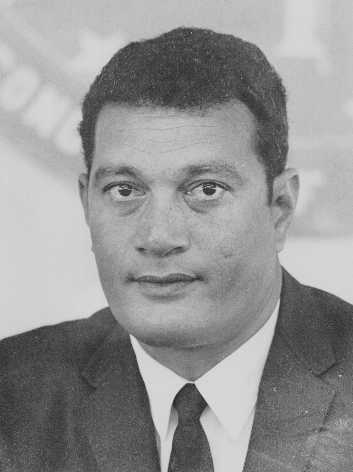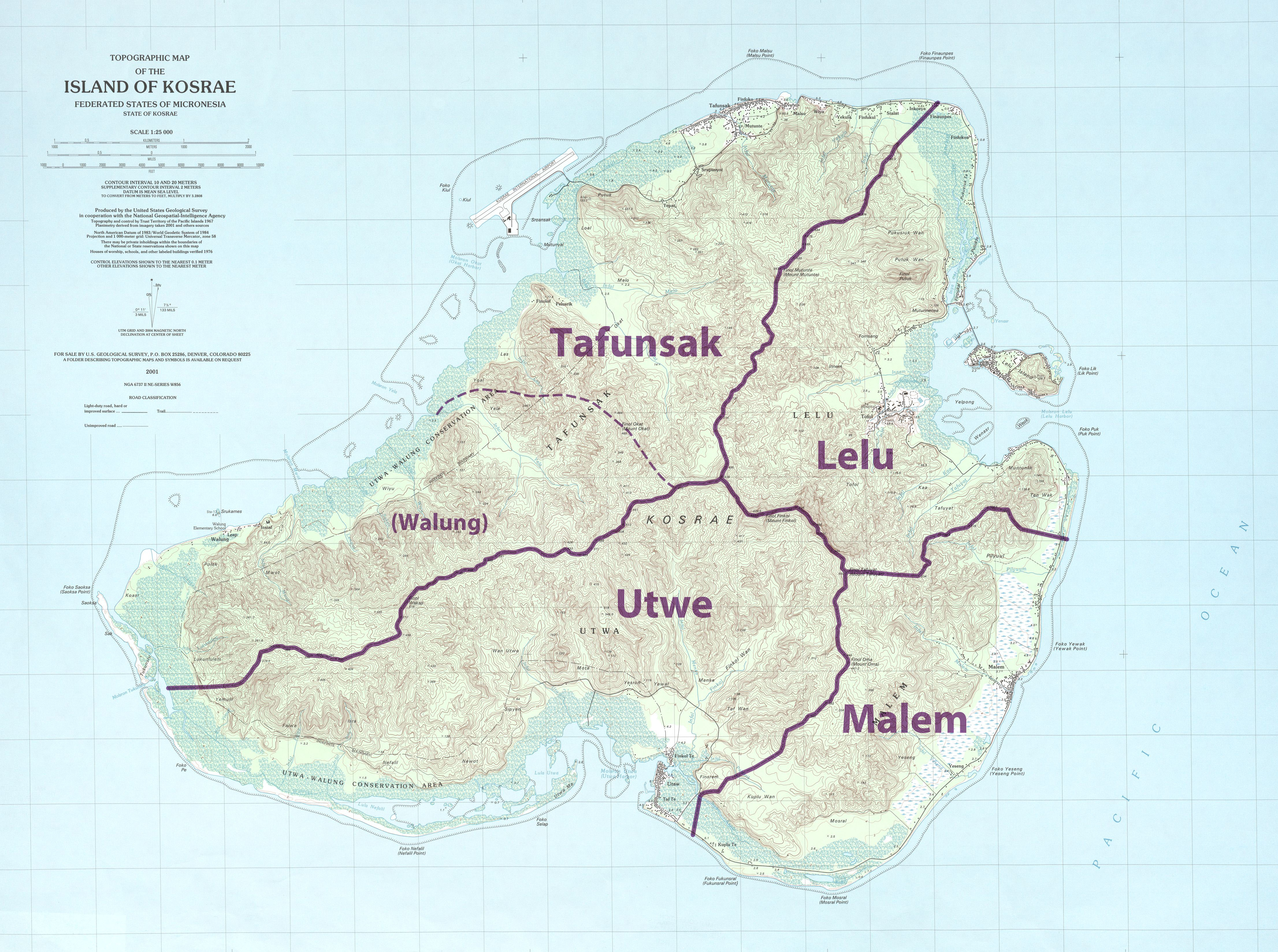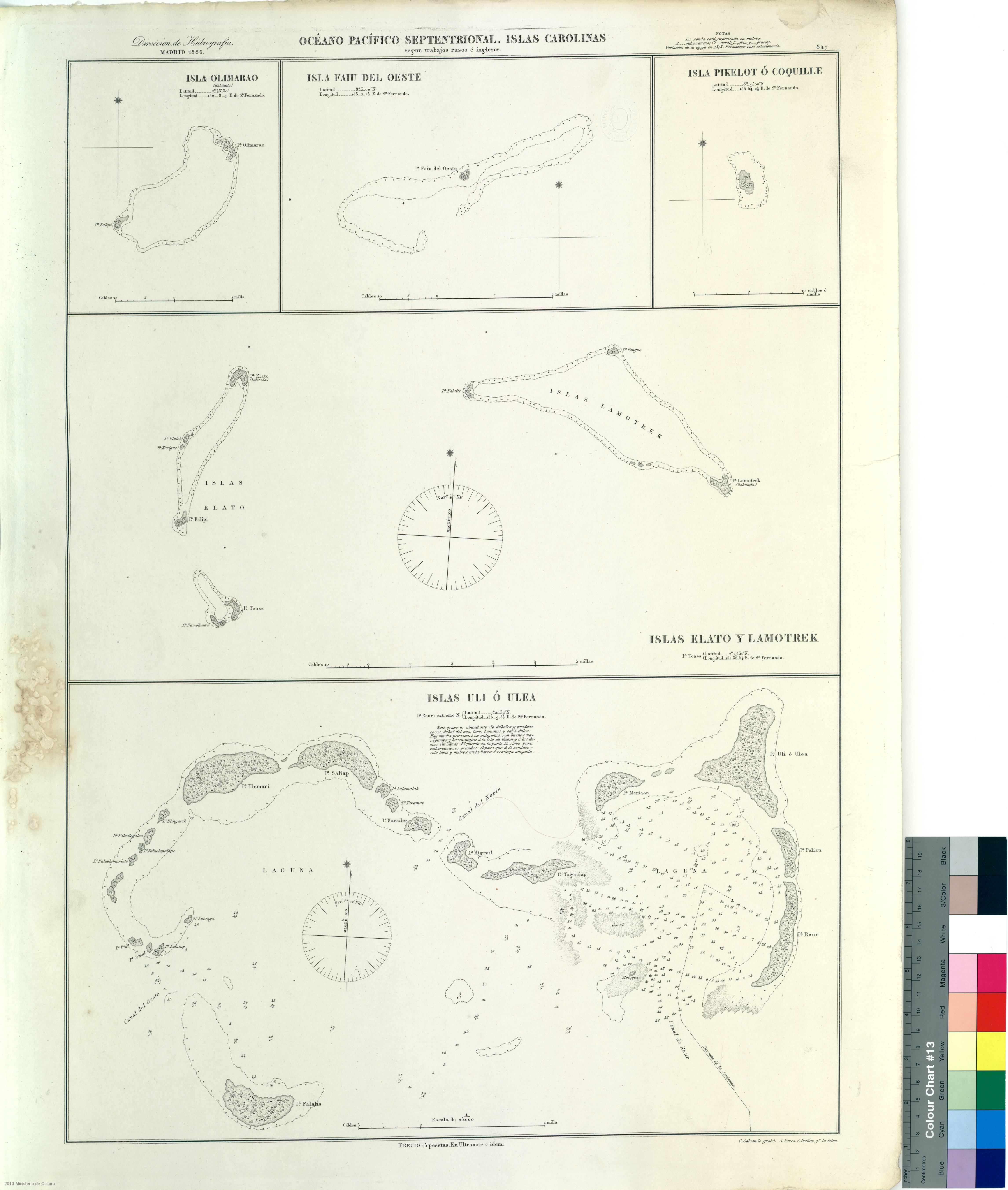|
2009 Micronesian Parliamentary Election
Parliamentary elections were held in the Federated States of Micronesia on 3 March 2009.Micronesia (Federated States of): Congress IPU As there were no political parties, all 21 candidates ran as independents. Three were returned unopposed.Federated States of Micronesia Congressional election of 3 March 2009 Adam Carr Electoral system At the time of the election, |
Congress Of The Federated States Of Micronesia
The Congress of the Federated States of Micronesia has 14 non-partisan members: ten members elected for a two-year term in ten single-seat constituencies and four members elected for a four-year term, one from each state at-large. Speakers of the Congress The Speaker of the Congress is elected for a term of two years. Members Members after the FSM General Election of March 3, 2015. See also *Politics of the Federated States of Micronesia *Congress of the Trust Territory of the Pacific Islands *List of legislatures by country References External links * Micronesia Micronesia (, ) is a subregion of Oceania, consisting of about 2,000 small islands in the western Pacific Ocean. It has a close shared cultural history with three other island regions: the Philippines to the west, Polynesia to the east, and ... Politics of the Federated States of Micronesia Micronesia, Federated States 1979 establishments in the Trust Territory of the Pacific Islands {{Mic ... [...More Info...] [...Related Items...] OR: [Wikipedia] [Google] [Baidu] |
Federated States Of Micronesia
The Federated States of Micronesia (; abbreviated FSM) is an island country in Oceania. It consists of four states from west to east, Yap, Chuuk, Pohnpei and Kosraethat are spread across the western Pacific. Together, the states comprise around 607 islands (a combined land area of approximately ) that cover a longitudinal distance of almost just north of the equator. They lie northeast of Indonesia and Papua New Guinea, south of Guam and the Marianas, west of Nauru and the Marshall Islands, east of Palau and the Philippines, about north of eastern Australia, 3,400 km (2,133 mi) southeast of Japan, and some southwest of the main islands of the Hawaiian Islands. While the FSM's total land area is quite small, the country's waters occupy more than of the Pacific Ocean, giving the country the 14th-largest exclusive economic zone in the world. The sovereign island nation's capital is Palikir, located on Pohnpei Island, while the largest city is Weno, located in ... [...More Info...] [...Related Items...] OR: [Wikipedia] [Google] [Baidu] |
Independent Politician
An independent or non-partisan politician is a politician not affiliated with any political party or bureaucratic association. There are numerous reasons why someone may stand for office as an independent. Some politicians have political views that do not align with the platforms of any political party, and therefore choose not to affiliate with them. Some independent politicians may be associated with a party, perhaps as former members of it, or else have views that align with it, but choose not to stand in its name, or are unable to do so because the party in question has selected another candidate. Others may belong to or support a political party at the national level but believe they should not formally represent it (and thus be subject to its policies) at another level. In running for public office, independents sometimes choose to form a party or alliance with other independents, and may formally register their party or alliance. Even where the word "independent" is used, s ... [...More Info...] [...Related Items...] OR: [Wikipedia] [Google] [Baidu] |
Election Monitoring
Election monitoring involves the observation of an election by one or more independent parties, typically from another country or from a non-governmental organization (NGO). The monitoring parties aim primarily to assess the conduct of an election process on the basis of national legislation and of international election standards. There are national and international election observers. Monitors do not directly prevent electoral fraud, but rather record and report instances of suspicious practices. Election observation increasingly looks at the entire electoral process over a long period of time, rather than at election-day proceedings only. The legitimacy of an election can be affected by the criticism of monitors, unless they are themselves seen as biased. A notable individual is often appointed honorary leader of a monitoring organization in an effort to enhance legitimacy of the monitoring process. History The first monitored election was that of an 1857 plebiscite in Mold ... [...More Info...] [...Related Items...] OR: [Wikipedia] [Google] [Baidu] |
Chuuk State
Chuuk State (; also known as Truk) is one of the four states of the Federated States of Micronesia (FSM). The other states are Kosrae State, Pohnpei State, and Yap State. It consists of several island groups: * Namoneas * Faichuuk * Hall Islands * Namonuito Atoll (Magur Islands) (northwest) * Pattiw (Western Islands) * Mortlock Islands Chuuk is the most populous state of the FSM with 50,000 inhabitants on . Chuuk Lagoon is where most people live. Weno Island in the lagoon functions as state capital and is FSM's biggest city. It is scheduled to possibly vote for independence as proposed. History Indigenous settlement Chuuk was first settled by Austronesians, believed to be from the Lapita culture of Island Melanesia. Archaeological evidence indicates that islands of Feefen and Wééné Islands had human settlements in the first and second century BC. Later evidence indicates that widespread human settlements appeared in Chuuk during the 14th century AD, as the Chuukese cul ... [...More Info...] [...Related Items...] OR: [Wikipedia] [Google] [Baidu] |
Kosrae
Kosrae ( ), formerly known as Kusaie or Strong's Island, is an island in the Federated States of Micronesia. The State of Kosrae is one of the four states of the Federated States of Micronesia, and includes the main island of Kosrae and a few nearby islands and islets, the most significant of which (Lelu Island) is inhabited by 1,500 people. Kosrae's land area is , sustaining 6,600 people. Tofol is the state capital, and Mt. Finkol is the highest point at . History Archaeological evidence shows that the island was settled at least by the early years of the first millennium AD. This includes the city of Leluh that existed from about 1250 to 1850 AD, and in its heyday had a population of about 1,500 and covered some 27 hectares. It featured burial pyramids for the nobility. French Visitors The French corvette S. M. ''La Coquille'', arrived at Okat Harbor on 3 June 1824 and visited until 15 June 1824. Commanded by Louis-Isidore Duperrey, ''La Coquille'', on its circumnavigat ... [...More Info...] [...Related Items...] OR: [Wikipedia] [Google] [Baidu] |
Pohnpei State
Pohnpei State (IPA: pɔ:n peɪ) is one of the four states of the Federated States of Micronesia (FSM). The other states are, from east to west, Kosrae State, Chuuk State, and Yap State. The state's main island is Pohnpei. History The pre-colonial history of Pohnpei is divided into three stages: Mwehin Kawa or Mwehin Aramas (ca. 1100); Mwehin Sau Deleur (from ca. 1100 to ca. 1628); and Mwehin Nahnmwarki (from ca. 1628 to ca. 1885). In Pohnpei there are interesting ruins of a Micronesian civilization, especially the ruins of Nan Madol. Spanish Colonization The Caroline Islands, within which the island of Pohnpei is currently included, were visited on 22 August 1526 by the Spanish explorer Toribio Alonso de Salazar. On 1 January 1528, the explorer Alonso de Saavedra took possession of the islands of Uluti in the name of the King of Spain. The archipelago was visited in 1542, by the Matelotes Islands in 1543 and 1545, and by Legazpi in 1565. The first European visitor to Ponap� ... [...More Info...] [...Related Items...] OR: [Wikipedia] [Google] [Baidu] |
Yap State
Yap State, also known in the Yapese language as Nam nu Wa'ab (lit. "Island of Yap") or simply as Wa'ab, is one of the four states of the Federated States of Micronesia (FSM). The other states are Kosrae State, Pohnpei State, and Chuuk State. Colonia is the capital of Yap State, which administers both the Yap Main Islands and the island of Satawal, as well as fourteen atolls reaching to the east and south for some . Historically, a tributary system existed between the Neighboring Islands and the Yap Main Islands. This probably related to the need for goods from the high islands, including food, as well as wood for construction of seagoing vessels. According to the FSM Statistics Office, the population of Colonia and the municipalities of the State of Yap was 11,577 in 2020. The state has a total land area of . History The islands are thought to have been populated from the Malay Archipelago. In approximately 950 AD it was the seat of the Yapese Empire contemporary to the Tu'i ... [...More Info...] [...Related Items...] OR: [Wikipedia] [Google] [Baidu] |
Elections In The Federated States Of Micronesia
The politics of the Federated States of Micronesia (FSM) takes place in a framework of a federal assembly-independent representative democratic republic. The President of the Federated States of Micronesia is both head of state and head of government. Executive power is exercised by the president and his cabinet, while legislative power is vested in both the president and the Congress. The judiciary is independent of the executive and the legislature. The internal workings of the FSM are governed by the 1979 constitution, which guarantees fundamental human rights and establishes a separation of governmental powers. The Federation is in free association with the United States; the Compact of Free Association entered into force 3 November 1986. Executive branch The president and the vice president are elected by Congress from among the four senators-at-large for four-year terms. The president is both the chief of state and head of government. Their congressional seats are then f ... [...More Info...] [...Related Items...] OR: [Wikipedia] [Google] [Baidu] |
2009 Elections In Oceania
9 (nine) is the natural number following and preceding . Evolution of the Arabic digit In the beginning, various Indians wrote a digit 9 similar in shape to the modern closing question mark without the bottom dot. The Kshatrapa, Andhra and Gupta started curving the bottom vertical line coming up with a -look-alike. The Nagari continued the bottom stroke to make a circle and enclose the 3-look-alike, in much the same way that the sign @ encircles a lowercase ''a''. As time went on, the enclosing circle became bigger and its line continued beyond the circle downwards, as the 3-look-alike became smaller. Soon, all that was left of the 3-look-alike was a squiggle. The Arabs simply connected that squiggle to the downward stroke at the middle and subsequent European change was purely cosmetic. While the shape of the glyph for the digit 9 has an ascender in most modern typefaces, in typefaces with text figures the character usually has a descender, as, for example, in . The mod ... [...More Info...] [...Related Items...] OR: [Wikipedia] [Google] [Baidu] |
2009 In The Federated States Of Micronesia
9 (nine) is the natural number following and preceding . Evolution of the Arabic digit In the beginning, various Indians wrote a digit 9 similar in shape to the modern closing question mark without the bottom dot. The Kshatrapa, Andhra and Gupta started curving the bottom vertical line coming up with a -look-alike. The Nagari continued the bottom stroke to make a circle and enclose the 3-look-alike, in much the same way that the sign @ encircles a lowercase ''a''. As time went on, the enclosing circle became bigger and its line continued beyond the circle downwards, as the 3-look-alike became smaller. Soon, all that was left of the 3-look-alike was a squiggle. The Arabs simply connected that squiggle to the downward stroke at the middle and subsequent European change was purely cosmetic. While the shape of the glyph for the digit 9 has an ascender in most modern typefaces, in typefaces with text figures the character usually has a descender, as, for example, in . T ... [...More Info...] [...Related Items...] OR: [Wikipedia] [Google] [Baidu] |




.png)

